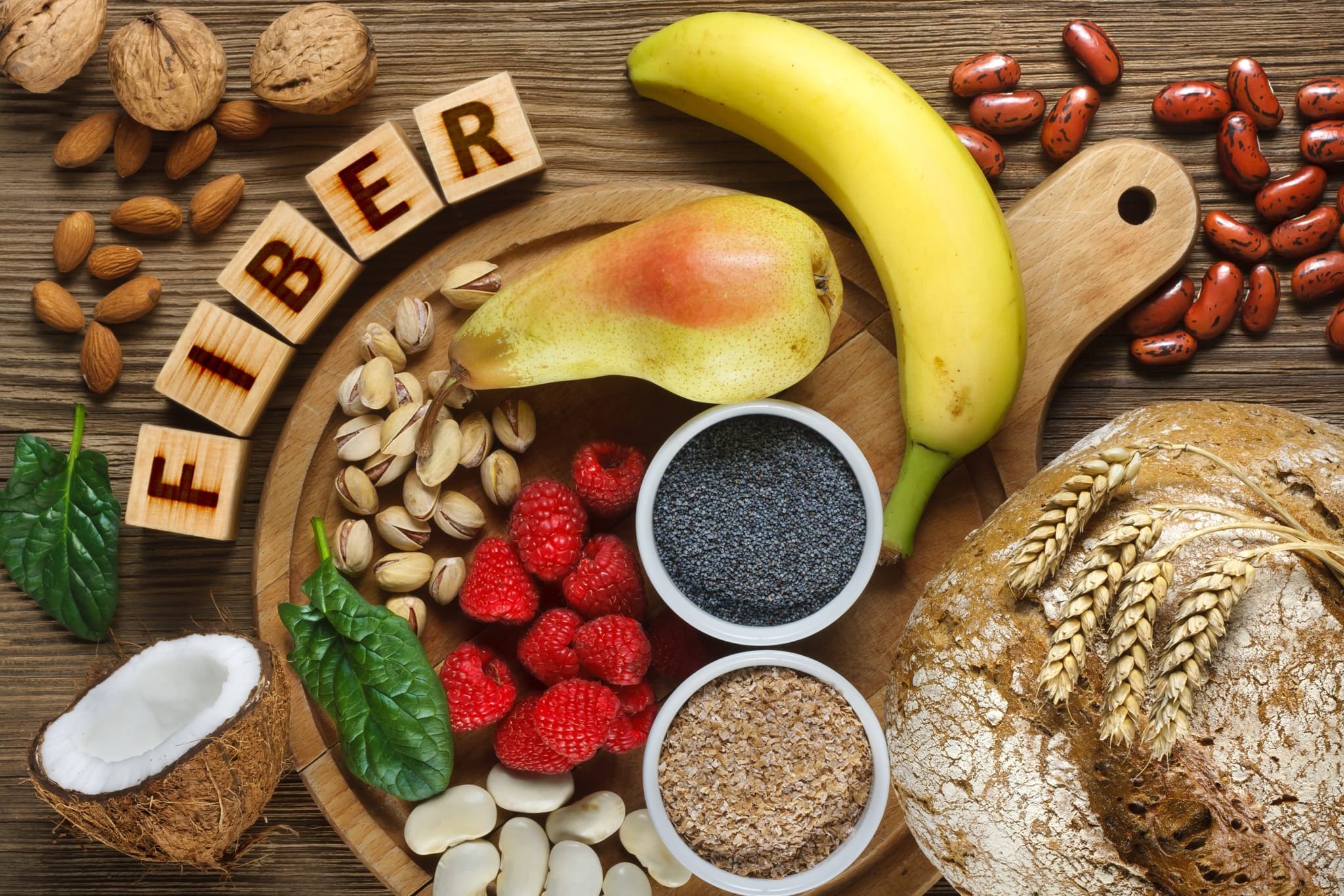
2025-11-21T14:10:25
How to Prevent Gestational Diabetes
- Family Medicine
- Internal Medicine
- OB/GYN
May 10, 2017 | Internal Medicine
Specialties:Internal Medicine

Various tissues and organs in the body need oxygen to survive, and this oxygen is carried in the bloodstream by red blood cells. If there aren’t enough red blood cells to carry oxygen to all the necessary areas, though, a condition called anemia can develop.
There are many different types and causes of anemia, but each of them can lead to feelings of tiredness and weakness. The condition can be temporary or last for long periods, and its severity can vary widely. In some cases, anemia can be a sign of another more serious illness.
Symptoms of anemia can vary between cases, but they include:
These signs are often mild in the beginning stages of anemia, and may not be noticed until the condition gets worse. If anemia is untreated, it can lead to several complications:
Anemia is caused by lack of red blood cells that are able to carry oxygen. This occurs if the body doesn’t make enough red blood cells, destroys the cells itself, or loses cells so quickly through bleeding that they can’t be replaced fast enough.
Various types of anemia are characterized by their cause:
Factors that can increase your risk of anemia include:
Treatment for anemia depends on its cause. Some forms of anemia don’t have specific treatments, so treatment involves attempts to rid the body of the underlying disease causing anemia.
Many kinds of anemia that can’t be prevented, but a few can—including iron deficiency anemia and vitamin deficiency anemias. You should eat foods high in the following nutrients to help prevent anemia:
Many people consider a multivitamin if they aren’t getting enough vitamins in the diet.
If you’re beginning to develop anemia, or may have a condition that could lead to it, speak to your doctor about your treatment and prevention options.
“Anemia.” The Mayo Clinic. http://www.mayoclinic.org/diseases-conditions/anemia/home/ovc-20183131
“Understanding Anemia — the Basics.” WebMD. http://www.webmd.com/a-to-z-guides/understanding-anemia-basics#1
WRITTEN BY:
The Live Better Team

2025-11-21T14:10:25

2025-10-21T11:51:52

2025-08-12T11:38:49

2025-07-10T09:26:52
This information is not intended to replace the advice of a medical professional. You should always consult your doctor before making decisions about your health.